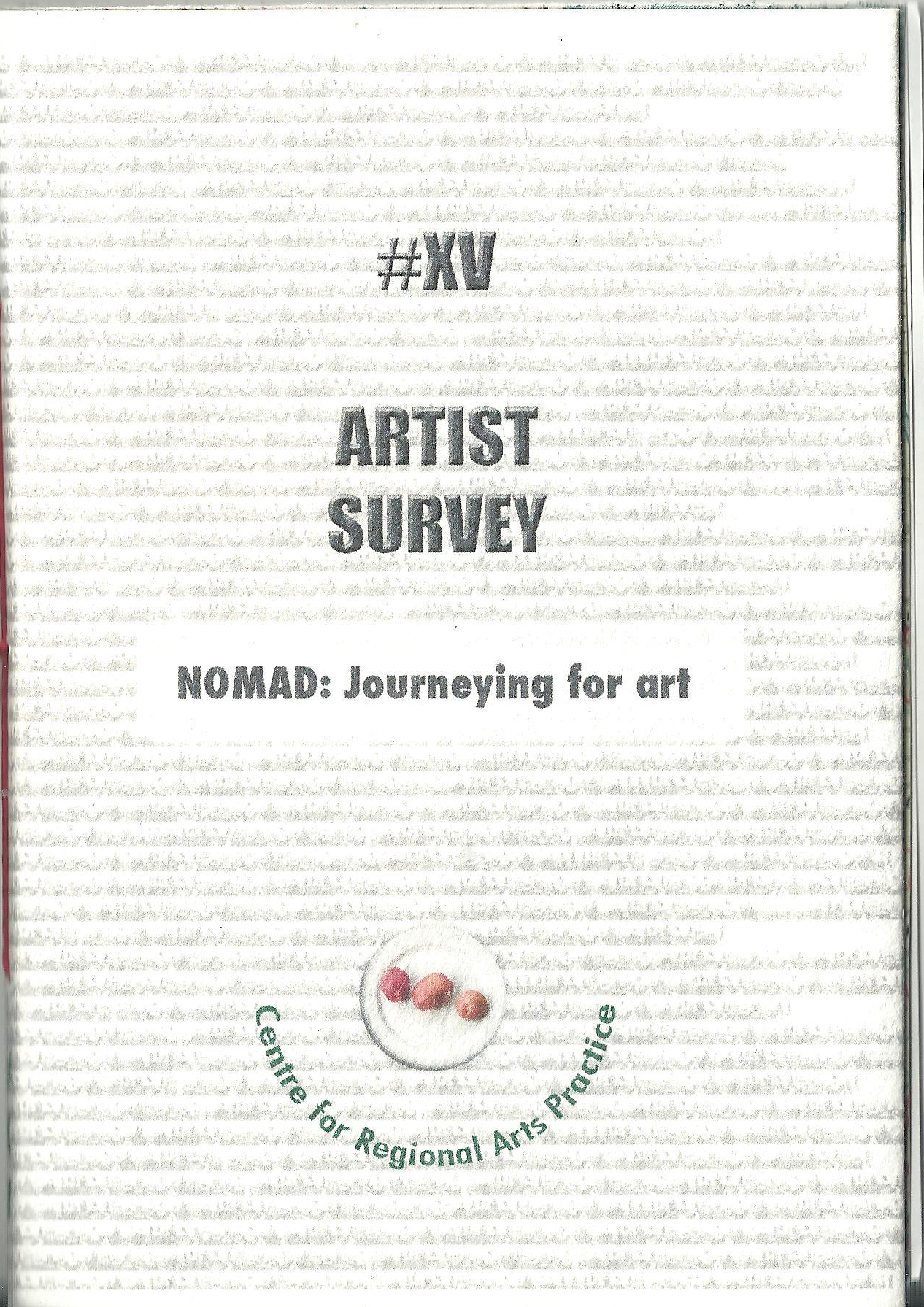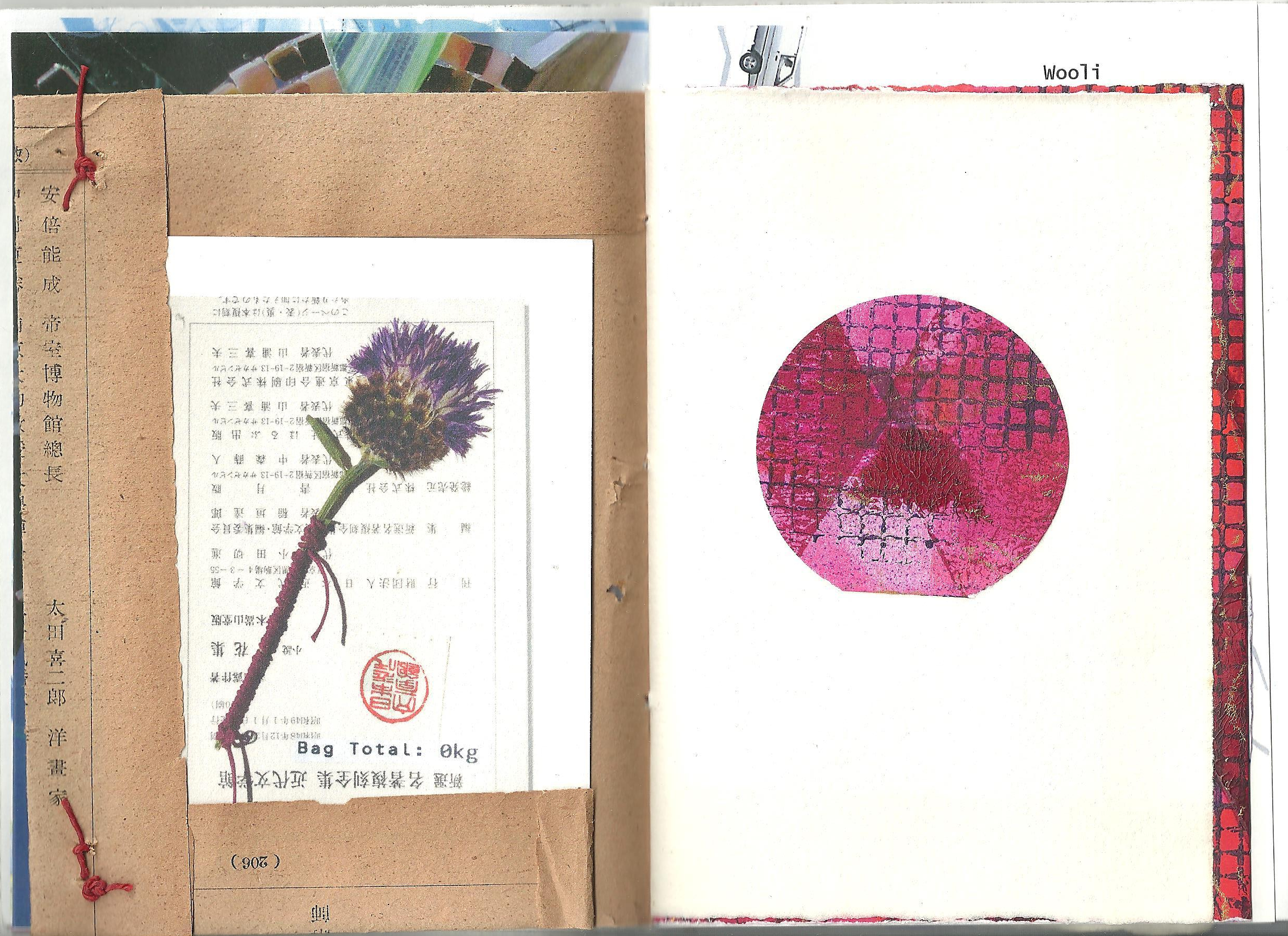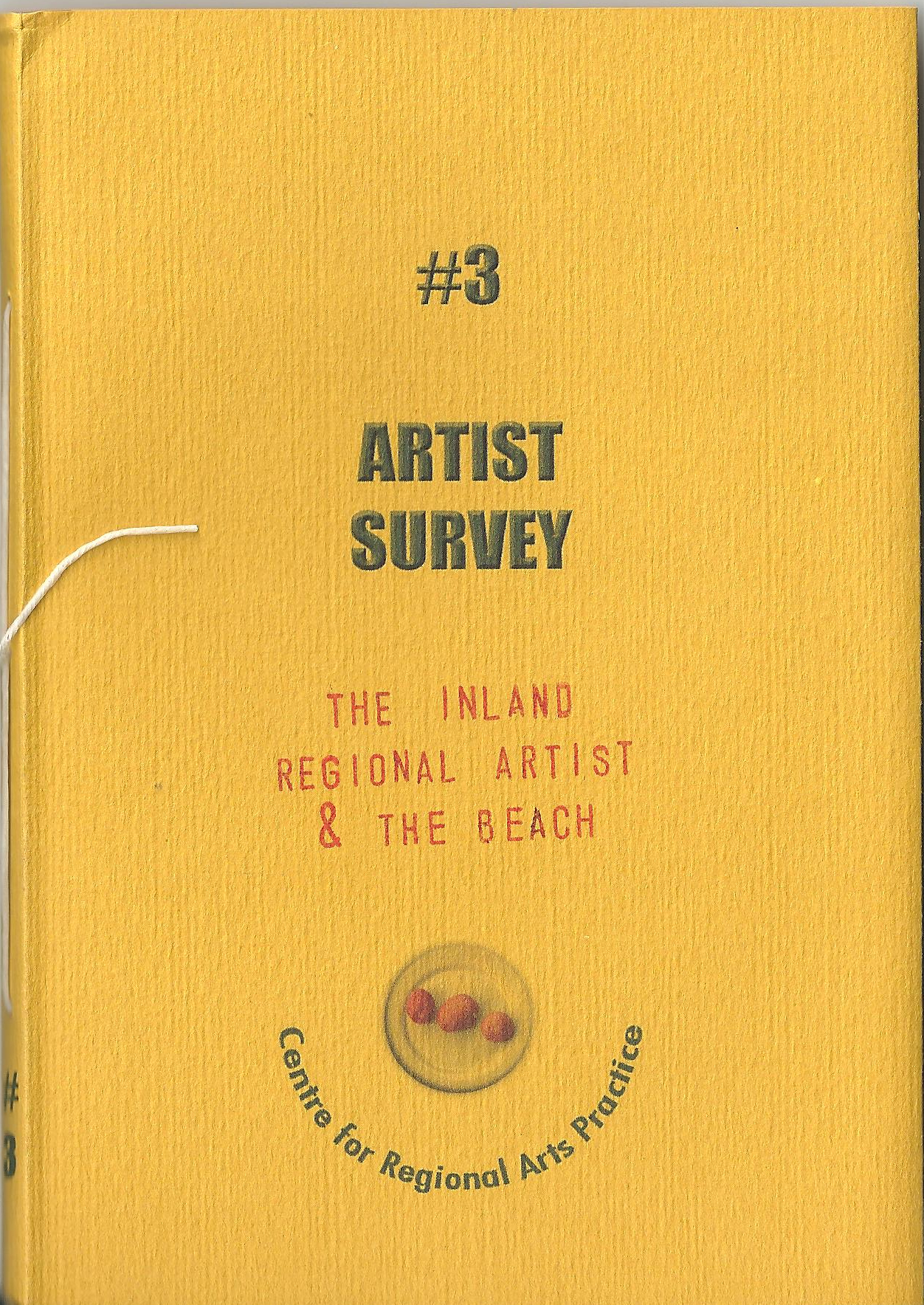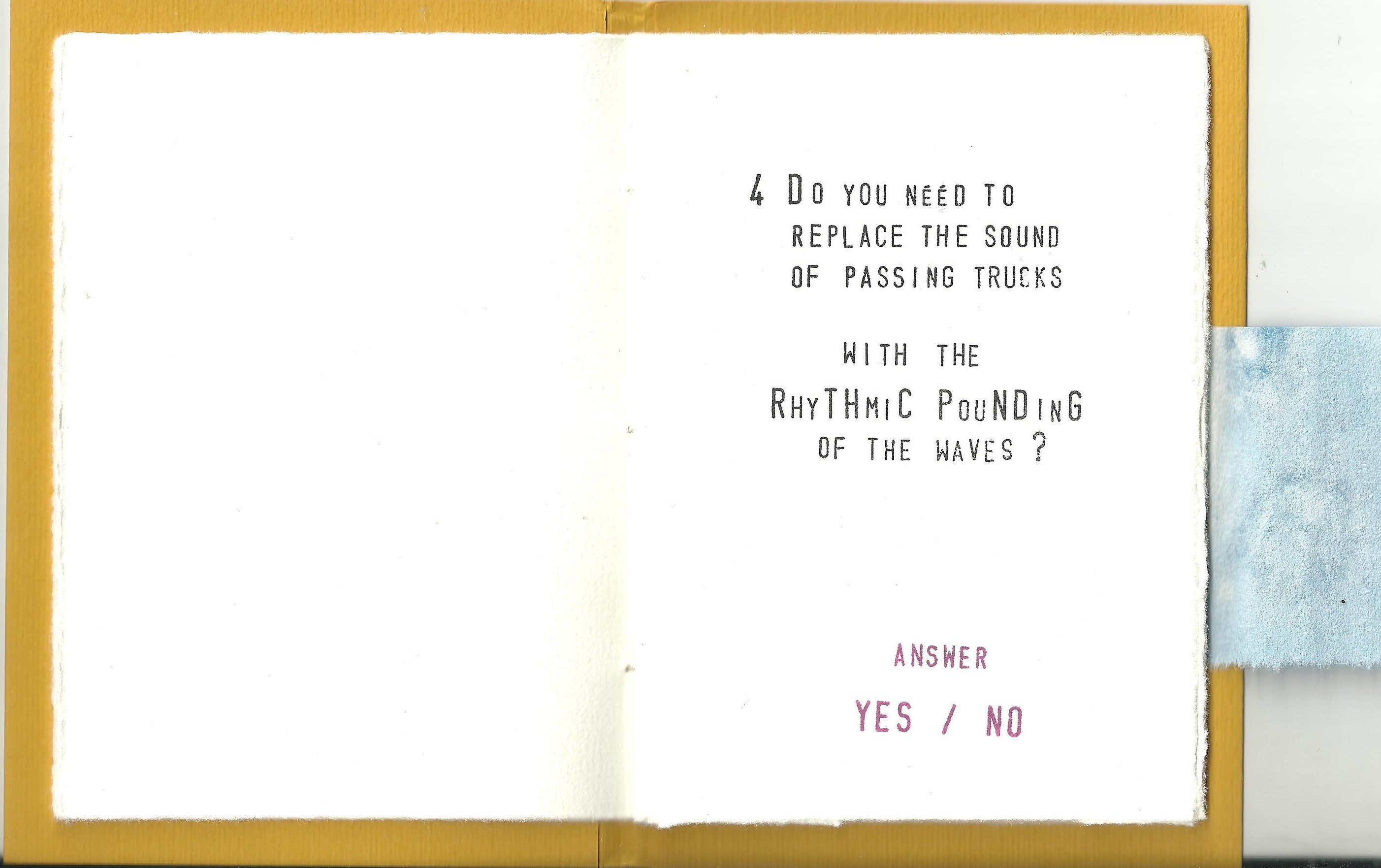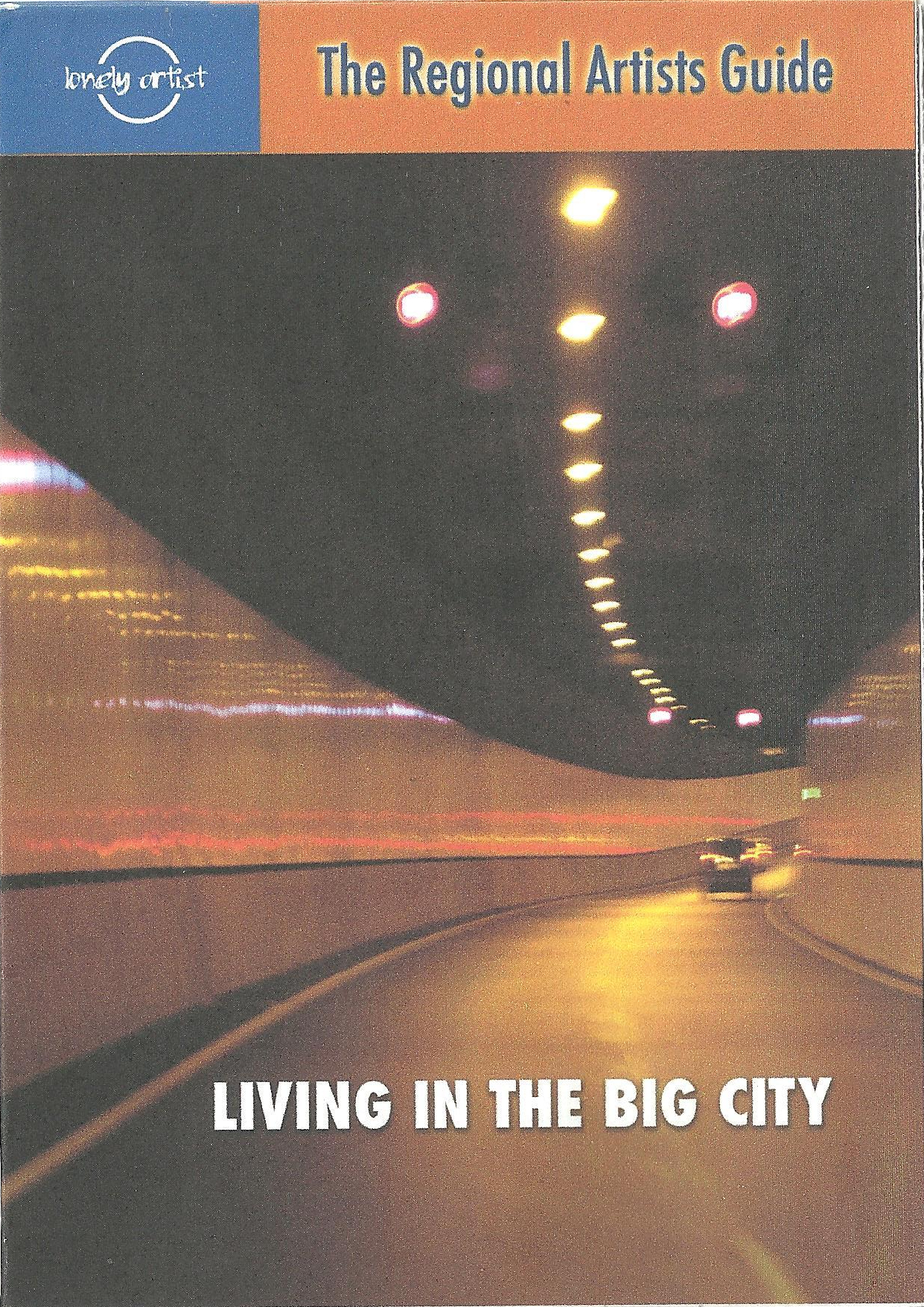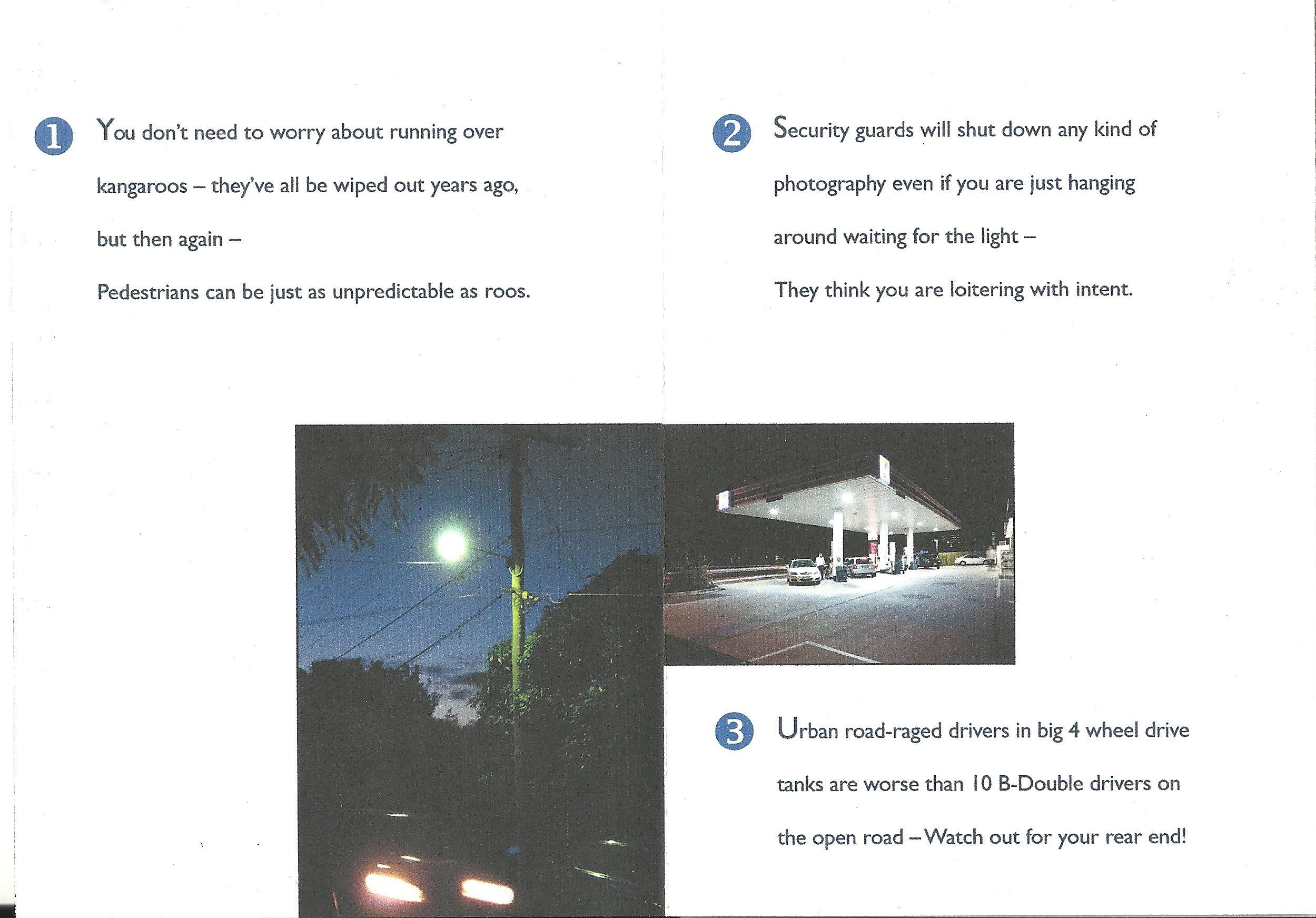
Tim Gaze
100 scenes: a graphic novel
Kent Town, Austrália: Asemic editions, 2011.
[109] p.
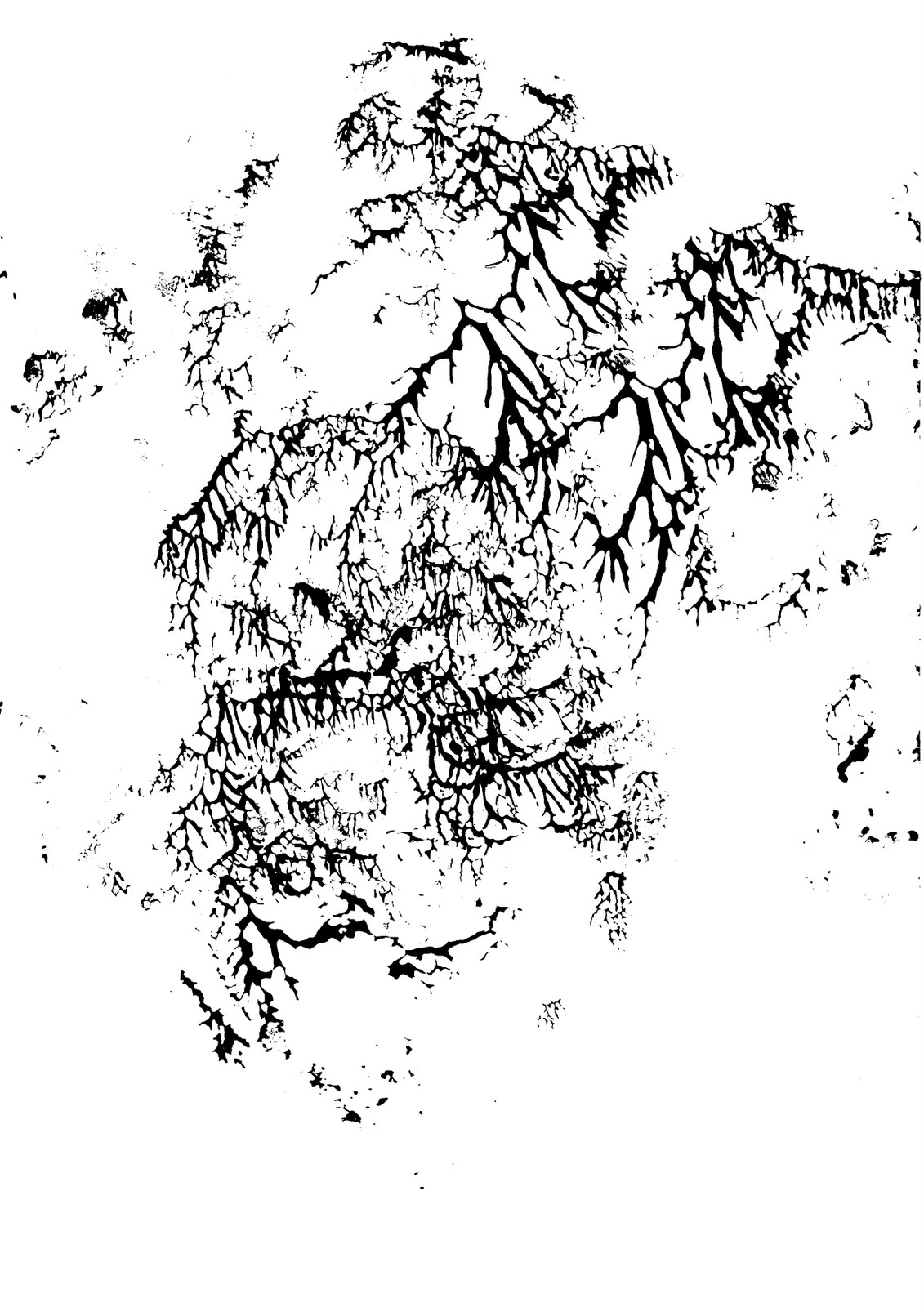
The images are raw scans of original pages made by me, using cheap acrylic paint on sheets of ordinary office paper. The pages were made over a period of 4 or 5 years. It took a few weeks to select which hundred to assemble into this book, and a few more weeks to decide on which order to put the pages. One page has a conspicuous black line on the right hand side, which I left there.
Most of the marks were made using a technique known as decalcomania. You spread ink or paint on a surface, then print off that surface, which results in chaotic, organic, blotty shapes. The Surrealist artist Oscar Domínguez invented this technique in 1936. Max Ernst made several paintings which used decalcomania along with other techniques. One example is Landscape with Lake and Chimeras (ca. 1940).
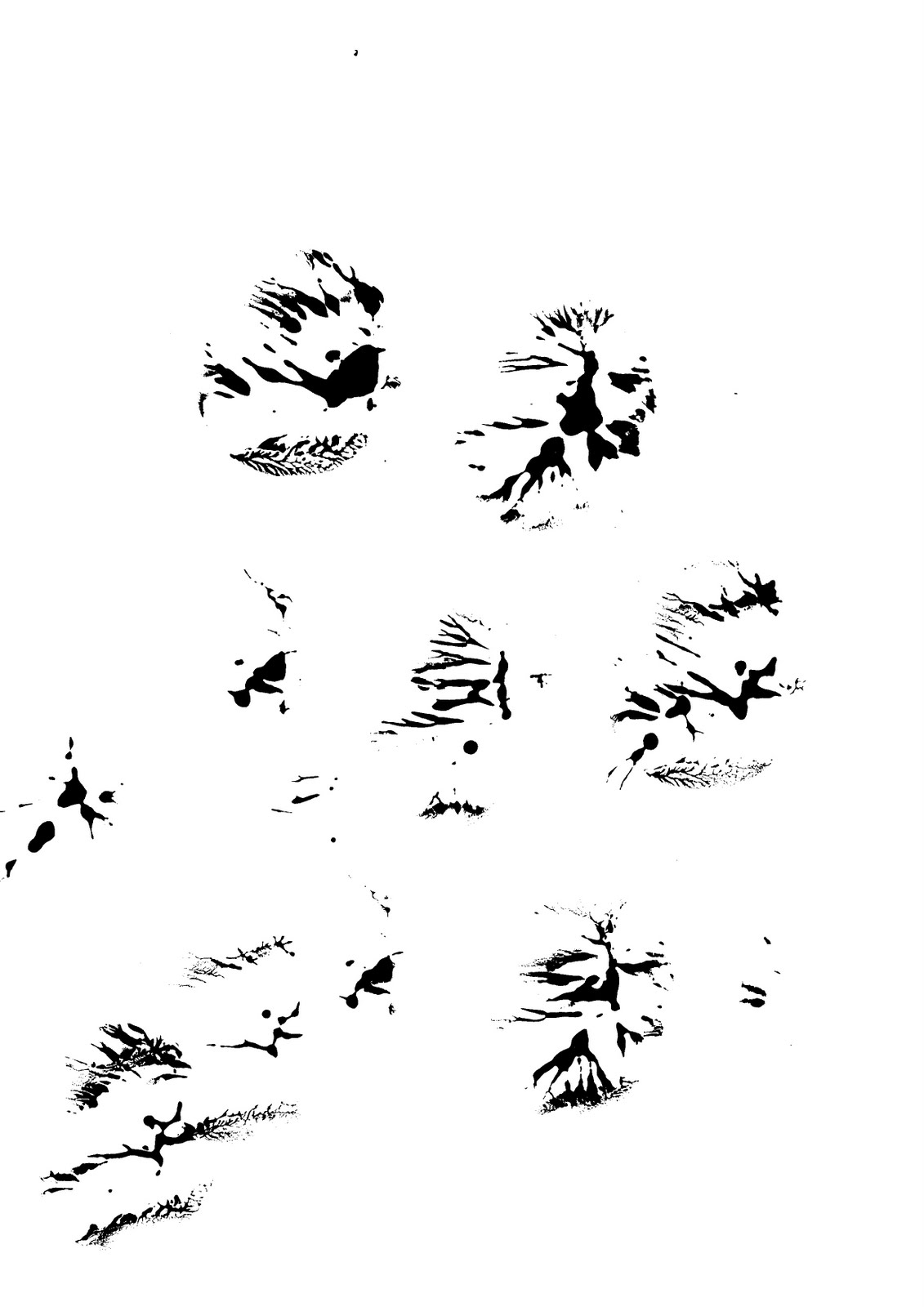
Uma resenha mais detalhada do livro pode ser encontrada aqui: http://galatearesurrection16.blogspot.com.br/2011/03/100-scenes-by-tim-gaze.html
The abstract graphic novel 100 Scenes by Tim Gaze is now available as a paperback book, printed on demand, at Digital Print Australia.
The e-book version of 100 Scenes, published by Transgressor, is available from the distributor XinXii.
You can watch a slideshow of every page in the book.
Eileen Tabios’ review is here.
(via http://asemic-editions.blogspot.com)
